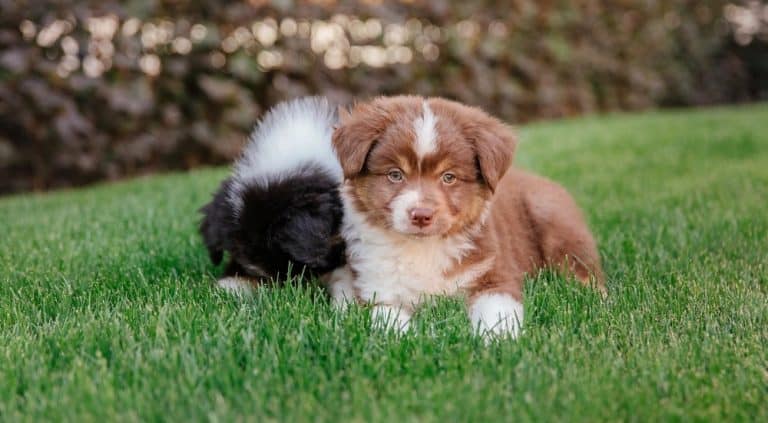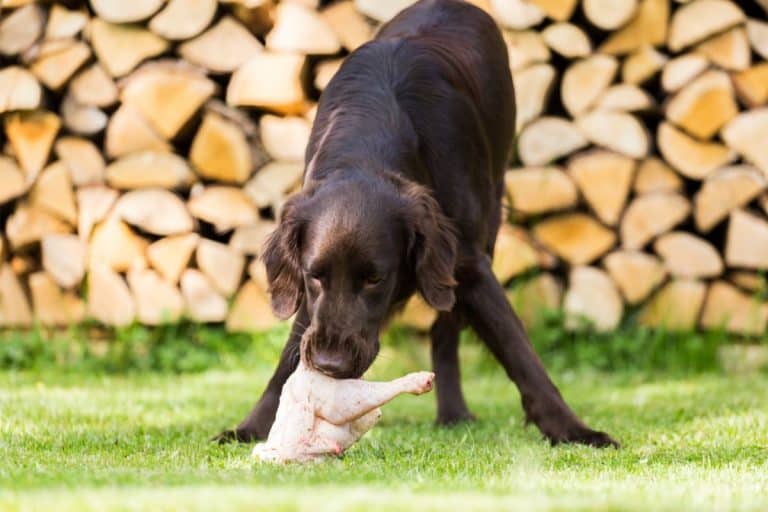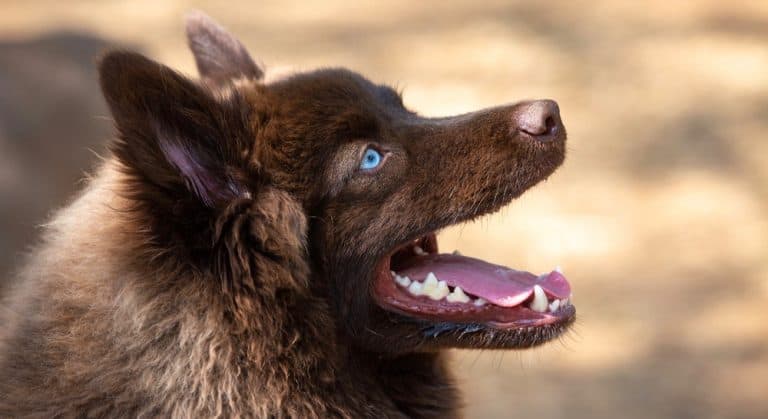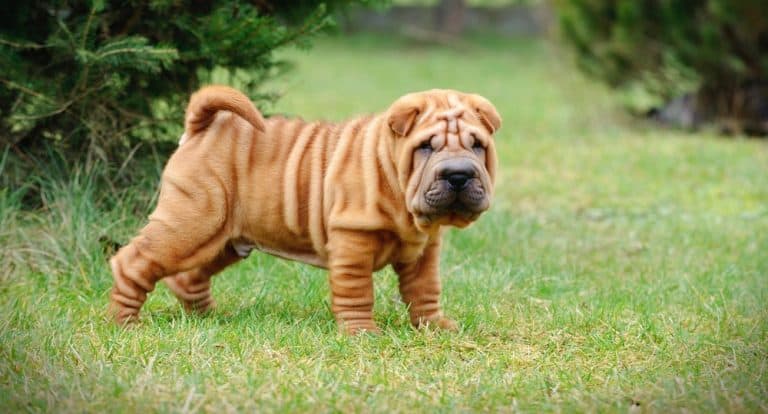Dog Size Chart – Dog Clothes Sizing Chart
When you go shopping for your own clothes, you will definitely be looking at finding the right size.
But when it comes to your dogs, how can you know what size to get or what will fit right? The best thing to do is to use a dog size chart to guide you.
If you think about the extreme range in dog sizes, you should not be surprised that it can be challenging to find something to fit your dog.
You have to know the difference between small, medium, and large, as well as how to measure you know what you need.
Dog Clothes Size Chart
| Dog Size | Weight (lbs) | Chest Girth | Back Length | Breed Examples |
|---|---|---|---|---|
| Extra Small | 5 - 10 lbs | 11 - 12" | 7 - 8" | Chihuahua. Bichon, Yorkie, Chihuahua |
| Small | 10 - 25 lbs | 15 - 17" | 9 - 10" | French Bulldog, Pug, Boston Terrier |
| Medium | 25 - 50 lbs | 19 - 20" | 13 - 14" | Beagle, Corgi, English Bulldog |
| Large | 50 - 90 lbs | 24 - 26" | 17 - 18" | Labrador, German Shepherd, Akita |
| Extra Large | 90 -150 lbs | 28 - 30" | 20 - 21" | Newfoundland, St. Bernard, Mastiff |
Extra Small Size Dogs
Let’s start by looking at what it means to be an extra small-sized dog. This is referring to both the breed size as well as the actual size of the breed.
Breeds that have extra small dogs include Chihuahuas, bichons, Yorkies, Toy Poodles, Toy Fox Terriers, Papillions, and Malteses.
A dog that falls into this size category usually weighs less than 10 pounds and normally is only 11 inches long on the high end. There are teacup-sized dogs that are even smaller than this, so extra small clothes would be too big on them.
Small Size Dogs
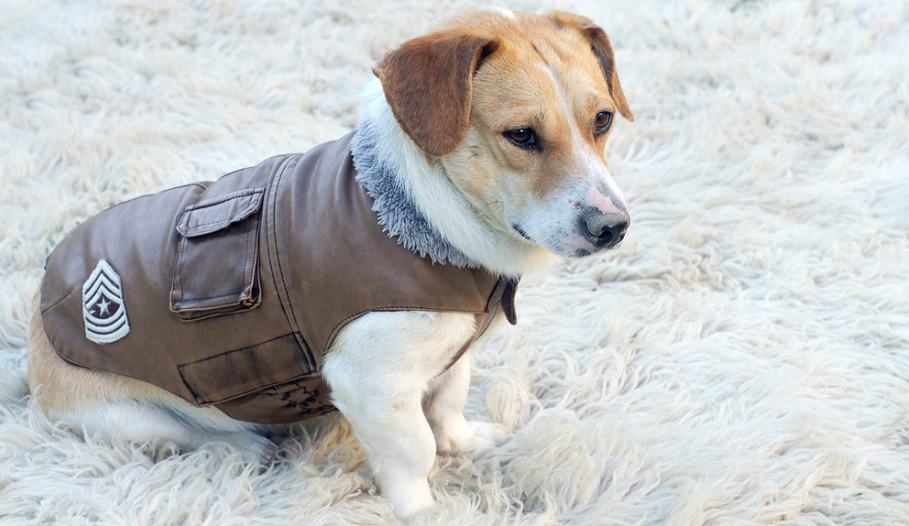
When we are looking at small-sized dogs, we mean Boston Terries, Shih Tzus, Dachshunds, Jack Russell Terriers, French Bulldogs, and Pugs. These dogs weigh anywhere from 10 to 25 pounds on the high end, but on average they weigh less than 20 pounds.
Some small breeds weigh very little while others are stout and heavy. They have a chest girth between 15 and 17 inches. They are around 14 inches in length on average. Normally, the neck size should be about six inches with a back size of 9 inches.
Medium Size Dogs
Looking at the medium-sized breeds, we are looking at Cocker Spaniels, Miniature Schnauzers, Beagles, Shetland Sheepdog, Scottish Terrier, Corgi, and Cavalier King Spaniels.
On average, medium dogs will have a chest girth between 18 and 22 inches, a back length between 13 and 17 inches, and can weigh anywhere between 25 and 50 pounds.
The range is pretty big with medium-sized dogs because the breeds really vary a lot from dog to dog. You also might run into an issue where the dog might be a medium breed but is so thick that medium clothes will not fit him.
Large Size Dogs
Large breed dogs include a huge amount of different breeds. Some examples include Labrador Retrievers, German Shepherds, Akitas, Dalmatians, Boxers, and Bull Dogs.
There is a pretty big range between these breeds, but on average, they have a chest girth somewhere between 23 and 28 inches and a back length between 18 and 20 inches.
The weight range for a large breed dog is between 50 and 90 pounds, but some large breeds will push that 90-pound max and wind up well over 100 pounds.
Chest girth can also vary quite a bit with the stouter dogs not being able to fit well into the large clothes.
Extra Large Size Dogs
On the very high end of dog size, we have extra-large size dogs. Breeds that fall under this category include Newfoundlands, St. Bernards, Mastiffs, Great Danes, and sometimes even Golden Retrievers.
Of course, it can be amusing that the largest dogs out there have the mildest temperaments and will likely allow you to try to dress them.
The average length of an extra-large dog is between 23 and 32 inches. The average chest girth is between 28 and 30 inches, while the back length could be between 20 and 21 inches.
How To Measure Your Dog’s Chest Girth?
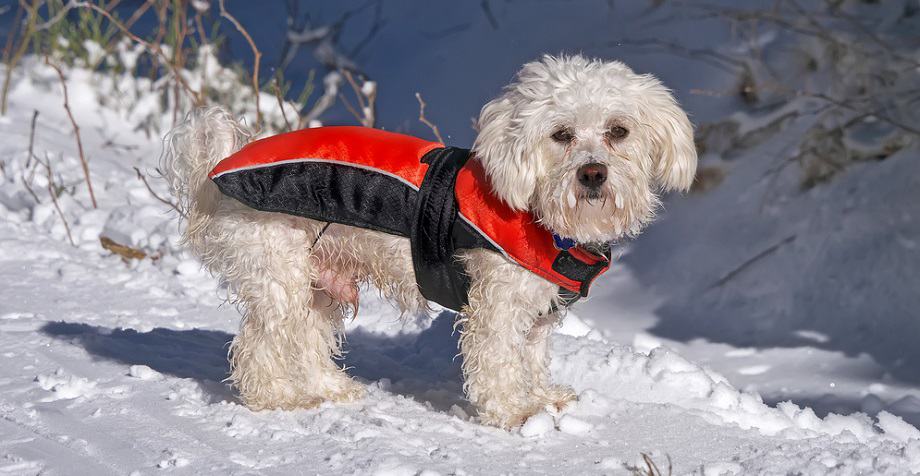
If you are looking at the numbers above and wondering how you are supposed to come up with your own measurements, we are here to help.
Normally chest girth is measured at the widest part of a dog’s body. This might not be exactly the same for each dog, depending on how the dog is made.
To measure, use a tape measure and wrap it around your dog’s chest. You can then use this to match up the dog size guide to your dog and have better success at buying the right thing.
How To Measure Your Dog’s Back Length?
When someone refers to the back length of a dog, they are just referring to the length of his spine.
In order to effectively measure your dog’s back length, you will want to measure from the back of the neck, also known as the withers, down to the base of the tail. The measurements do not include the tail either.
In order for a dog’s outfit to fit, back length is important, but not a deal-breaker. As long as a shirt can fit around the dog and be length is not much of a problem.
How To Properly Weigh & Measure Your Dog?
Knowing your dog’s weight is important for several different reasons. If you have a puppy that is still growing, you should know his weight to make sure he is growing well.
If you have an adult dog, knowing your dog’s weight can help to make sure that he is a good weight. But, it can also help you read a dog clothes size chart.
To weigh your dog, you can do a couple of different things. If you have a small dog, you can use your home bathroom scale. To do this, weigh yourself, then weigh yourself while holding your dog.
The difference in weights is the weight of your dog. If your dog is too big for this, take him to your vet for a free weight check. Of course, you can always buy a dog scale, but it is usually not necessary.
Should Dogs Wear Clothes?
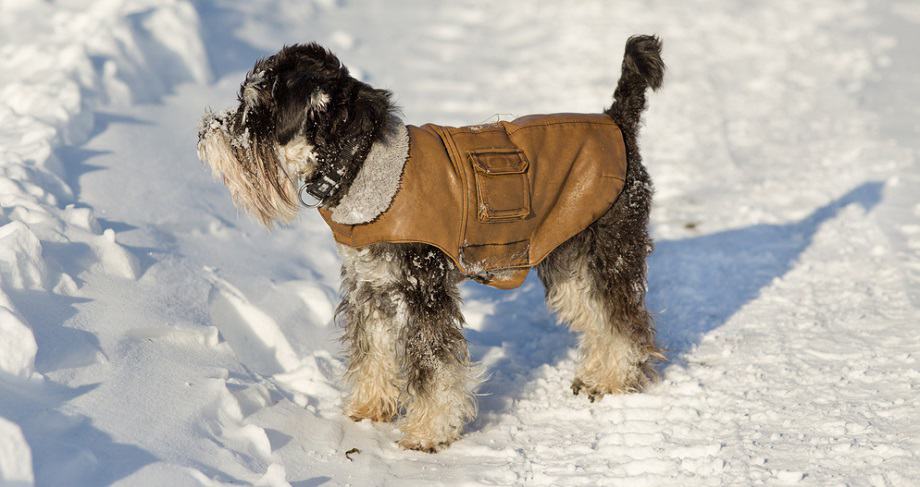
A common question that we have seen is whether dogs should be wearing clothes at all. Of course, they are always walking around in a fur coat, so they do not need clothes in the same way that we do.
There are exceptions to that line of thinking, however. Smaller breeds and short-haired dogs do not have enough fur covering them to keep them warm in the cold months.
Clothing can also help prevent injuries to your dog’s skin. If your dog loves to run through brambles, for example, a jacket on him might prevent him from being scratched by the bushes.
Some dogs, even ones that really need that added layer to stay warm, really hate wearing clothes and will refuse to walk or move rather than putting on clothes to help keep them warm.
If this sounds like your dog, you can try teaching him to wear clothes or decide it’s too hard.
How To Teach Your Dog To Wear Clothes
If you have decided that you would like your dog to wear clothes, the next step is working out how to teach him to wear clothes.
Some dogs take to clothes without issue and even appreciate the fact that they are wearing them. Others are not so lucky. Here are two tricks to help you out.
- Start young. The earlier that you teach your dog to wear clothes, the easier it will be. Puppies are more compliant in a lot of ways.
- Keep it simple. When you start, don’t put anything wild on your pup. Stick with something simple that won’t be too distracting.
Final Words
If you are working on dressing your dog, you will need to consult with a dog size chart before you begin.
If the dog has not been sized correctly, he will be uncomfortable in his clothes and will begin to fight you on whether he needs to wear them or not.
Instead, make sure that your dog is wearing the right size of clothes and that he is comfortable in what he’s wearing.
The more unconformable the dog is, the more resistance you will receive when it comes to clothes. Instead get the right size and keep your dog happy.


